Pickleball’s rapid rise in popularity isn’t just because it’s fun; it’s also incredibly fast-paced, demanding quick reflexes and sharp reaction times. Whether you’re a seasoned player aiming to dominate the court or a newcomer looking to get into the swing of things, enhancing your reaction time can give you a significant edge.
Fortunately, there are specific training exercises designed to boost those quick-twitch responses, making you more agile and your moves more fluid. From agility ladders to ball drills, these exercises don’t just prepare your body; they also sharpen your mind, ensuring you’re always one step ahead of the competition. Let’s dive into some of the most effective ways to get your reactions game-ready.
The Importance of Reaction Time in Pickleball
In the fast-paced world of pickleball, reaction time plays a crucial role in determining a player’s success on the court. This sport, combining elements from tennis, badminton, and ping-pong, requires players to be on their toes, ready to respond to their opponent’s moves swiftly. The ability to quickly interpret an incoming ball’s speed and direction, and then react appropriately, can be the difference between scoring a point and missing the ball.
Pickleball’s unique playing dynamics demand more than just physical agility and strength; they require keen mental acuity. As the ball zooms across the net at high speeds, players must decide in a split second whether to return it with a powerful smash or a delicate dink. This decision-making process hinges on their reaction time, which is why training to improve this skill is paramount for any serious player.
The Connection Between Mind and Muscle
What makes reaction time so essential in pickleball isn’t just the physical aspect but the seamless connection it requires between mind and muscle. This harmony allows players to execute their strategies efficiently. When a player’s mind can quickly process what’s happening on court, their body can respond with equal speed, placing them in the optimal position to make a shot.
How Reaction Time Affects Gameplay
The impact of reaction time on gameplay cannot be overstated. Consider the following scenarios where quick reflexes can turn the tide in a match:
- Defending against a smash: With only milliseconds to respond, determining whether to block, catch, or sidestep a high-speed shot is crucial.
- Capitalizing on weak returns: Identifying an opponent’s weak return quickly can give a player the upper hand, allowing them to exploit the situation with a strategic shot.
- Serving strategies: Fast reflexes help in adjusting serves based on an opponent’s position and readiness, giving the server an advantage.
Improving reaction time doesn’t just make a player faster; it makes them smarter. They’re able to anticipate an opponent’s moves, adapt their strategy mid-game, and spot opportunities to seize control of the match.
Understanding the Science behind Reaction Time
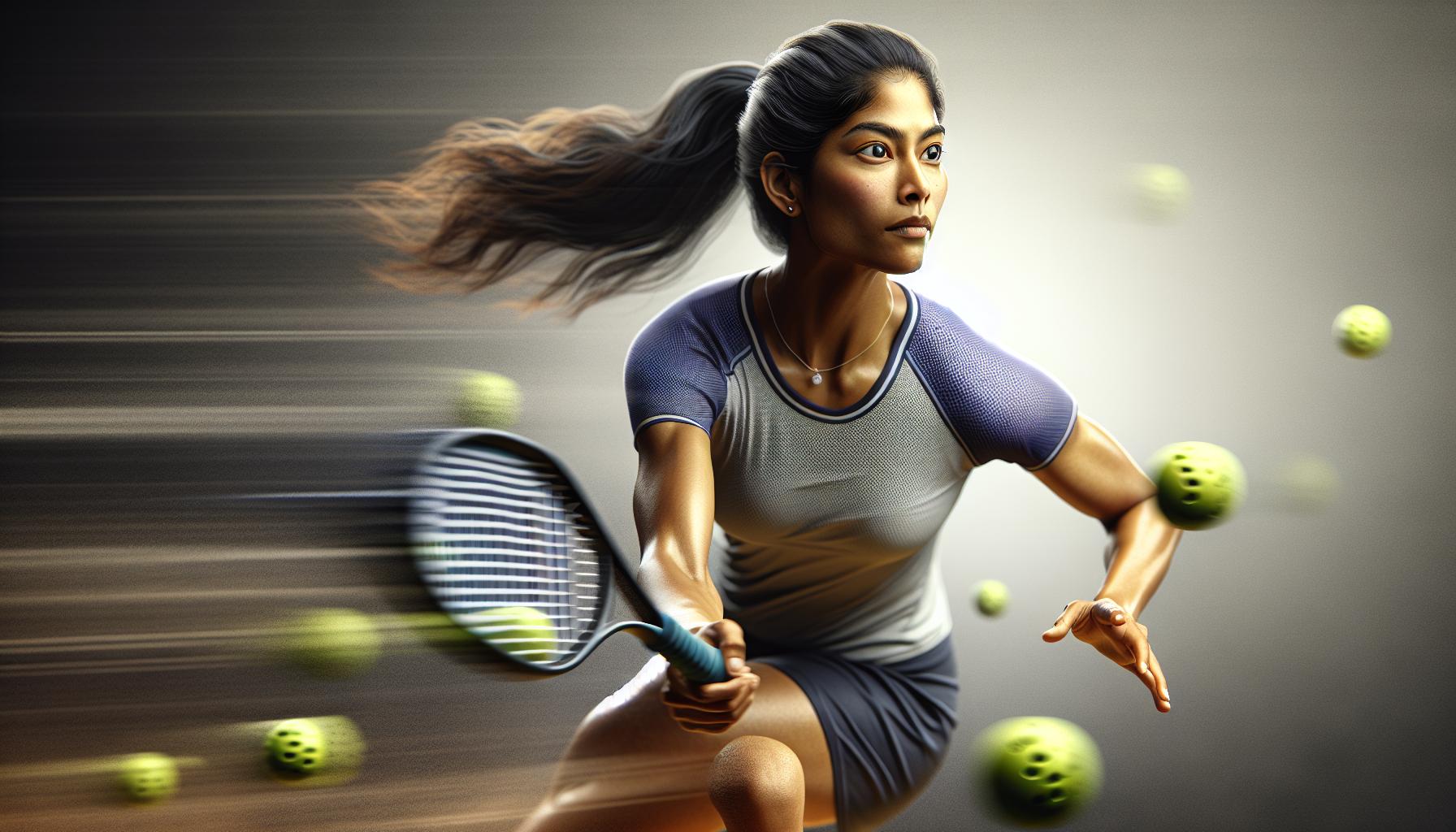
Reaction time in sports, especially in a fast-paced game like pickleball, is a critical aspect that distinguishes good players from great ones. It’s the measure of how quickly a person can respond to a stimulus. This stimulus could be anything that requires a reaction, such as a pickleball shot coming towards a player. In the realm of pickleball, rapid response times can mean the difference between reaching a ball in time for a return or missing it entirely.
Scientists break down reaction time into three main components: the sensory input, the processing of the information, and the output action. The first step involves recognizing the stimulus through sensory organs, like seeing the pickleball come towards you. Next, the brain must process this information, deciding what action to take. Finally, the muscles carry out the action, such as moving towards the ball to make a shot. This process, when streamlined and efficient, enables players to respond swiftly in-game, enhancing their performance significantly.
Several factors influence how quickly someone can react. Age, for instance, plays a role, with younger individuals typically having faster reaction times. However, training and practice can significantly improve this aspect at any age, highlighting the importance of specific exercises targeted at enhancing reaction time. Another factor is mental fatigue; a well-rested mind reacts much quicker than a tired one, which is why adequate rest is crucial for peak performance in pickleball.
Interestingly, reaction time is not solely innate; it can be improved with the right training techniques. Studies have shown that exercises focusing on cognitive and physical aspects can lead to noticeable improvements. Cognitive exercises help in sharpening the brain’s processing speed, while physical exercises enhance the body’s ability to carry out actions quickly. Incorporating both types into a training regimen ensures a comprehensive approach to improving reaction time.
| Factor | Influence on Reaction Time |
|---|---|
| Age | Generally, younger players have faster times |
| Training and Practice | Can significantly improve reaction times |
| Mental Fatigue | A well-rested mind reacts quicker |
In the context of pickleball, understanding this science is just the beginning. Applying this knowledge through targeted training exercises can help players react more swiftly, making them more formidable on the court. Whether it’s anticipating an opponent’s shot or quickly switching strategies, enhancing reaction time can be a game-changer.
Warm-up Exercises for Improving Reaction Time
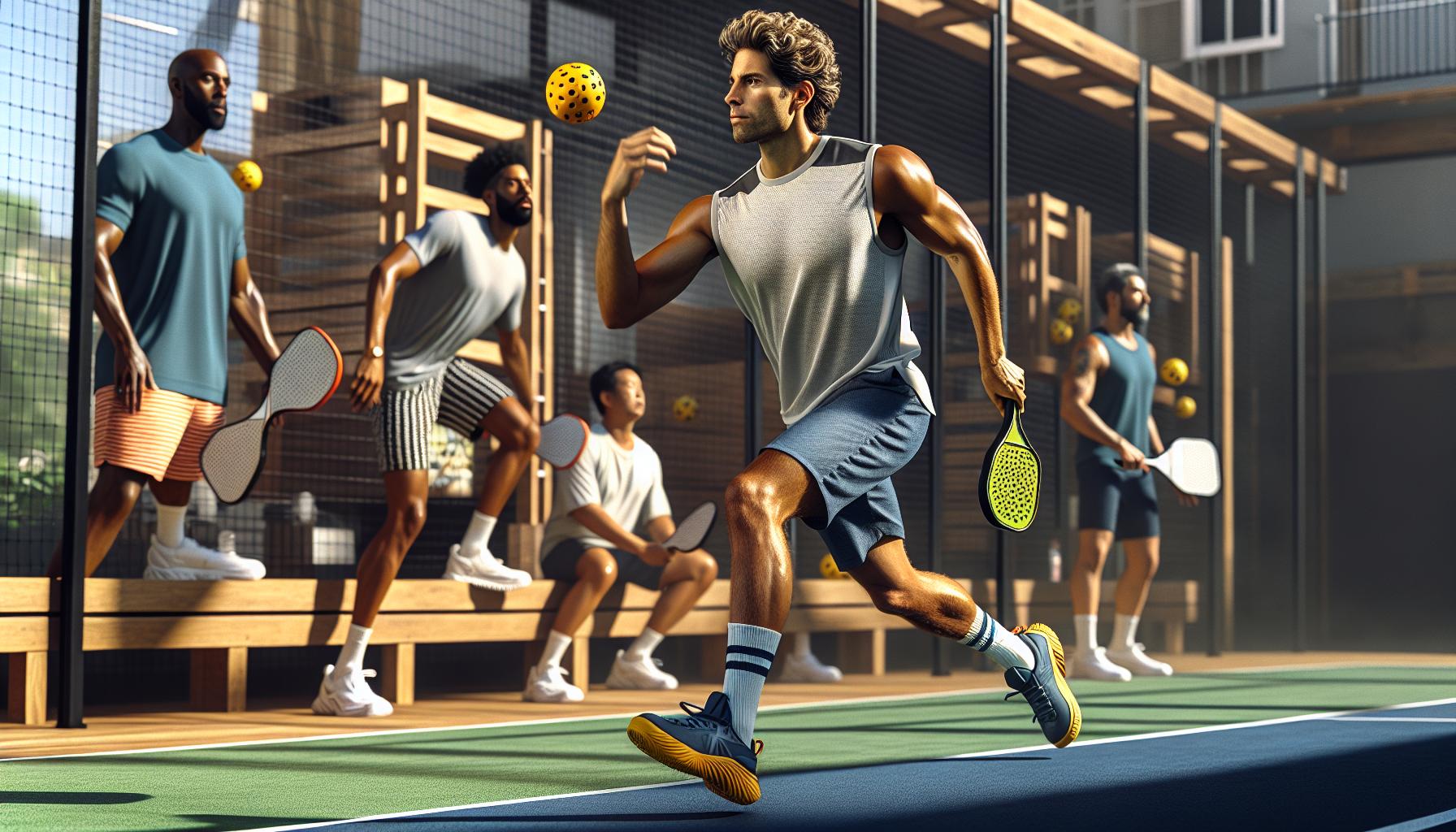
Before diving into intense pickleball training, it’s essential that players engage in warm-up exercises. Not only do these activities help prevent injuries, but they also sharpen players’ reaction times, making them ready for the quick pace of the game.
Quick Feet Drills
Quick feet drills are a fantastic way to get the heart pumping and the feet moving at lightning speed. These drills involve short, rapid steps in place, focusing on swift foot movements back and forth. Players should aim to do these for intervals of 30 seconds with short breaks in between. Over time, they’ll find their ability to change direction and react to sudden plays greatly improved.
Ball Toss
Incorporating a ball toss into the warm-up routine helps pickleball players fine-tune their hand-eye coordination and reaction time. Players should stand facing each other, tossing a pickleball back and forth, gradually increasing the speed and unpredictability of the throws. This not only gets players moving but also prepares their minds to anticipate and react quickly to an opponent’s shot.
Shadowing
Shadowing is where one player mimics the movements of another player as closely and quickly as possible. It’s a great way for players to work on their speed and agility. The leading player moves randomly around the court, changing directions often, while the follower tries to shadow their movements exactly. This exercise forces players to stay on their toes and react swiftly to their partner’s movements.
Ladder Drills
Ladder drills are another excellent method for improving coordination, agility, and, by extension, reaction time. By quickly moving through the rungs of a ladder laid out on the ground in various patterns—such as side-to-side, in-and-out, or hopscotch style—players enhance their footwork speed. This translates directly to improved performance on the pickleball court, especially in reacting to fast volleys and serves.
The Spider Drill
The spider drill focuses on enhancing a player’s ability to move quickly in all directions. Starting from the center of the court, players burst out to touch predetermined points around them—front, back, left, and right—before returning to the center after each sprint. This drill not only boosts reaction time but also teaches players to recover and reset quickly after each shot.
Agility Ladder Drills to Enhance Quick Reflexes

In the quest to sharpen reaction time for pickleball, agility ladder drills stand out as an excellent training tool. These exercises are not just about speed; they’re about precision, coordination, and the ability to change direction swiftly. By integrating agility ladder drills into their training routine, pickleball players can see a significant improvement in their on-court performance.
The agility ladder, a simple piece of equipment consisting of a flat ladder laid on the ground, is incredibly versatile. It allows for a variety of exercises that challenge and develop quick reflexes. Players start with basic drills and gradually progress to more complex patterns that simulate the unpredictable nature of pickleball games.
Key Drills for Enhanced Reaction Time:
- Two-Footed Run: This drill involves running through the ladder with both feet touching inside each box. It’s a great warm-up and helps improve foot speed.
- In-Out Drill: Players step in and out of each box with both feet. This drill focuses on lateral movement and agility, crucial for getting to those tricky shots.
- Lateral Shuffle: This side-to-side movement drill emphasizes quick directional changes, mirroring the fast-paced action during a pickleball match.
- Hopscotch: A single foot hops into a box followed by both feet landing in the next. This drill enhances balance, coordination, and explosive power.
Benefits of Agility Ladder Drills:
- Improved Footwork: Quick and precise foot movements are critical in reaching the ball faster.
- Better Coordination: As players focus on the drill patterns, their hand-eye coordination and spatial awareness improve.
- Increased Speed: Regular practice leads to quicker movements, enabling players to respond rapidly to opponents’ shots.
It’s important for players to regularly incorporate these drills into their practice sessions. Starting at a slower pace allows the body to adjust to the movements, minimizing the risk of injury. As proficiency increases, so should the speed and complexity of the drills, always pushing the limits of their agility and reflexes.
Moreover, agility ladder drills are not just physically demanding; they require mental focus too. Anticipating the next move and executing it with precision mirrors the quick decision-making needed during a game. This dual focus on physical and mental agility ensures that players are not only ready to move but also prepared to think on their feet.
Ball Drills for Fast and Accurate Responses

Pickleball requires not just quick feet but fast and accurate responses to unpredictable shots. Beyond agility ladder drills, integrating ball drills into one’s training can significantly enhance a player’s reaction time and shot precision. These exercises simulate actual game scenarios, forcing players to adapt swiftly to different shots.
One key drill focuses on volley exchanges. Players stand at the net and rapidly volley the ball back and forth. This drill emphasizes quick reflexes and precise ball control. To increase the challenge, players can move further apart, requiring longer reaches and faster reaction times. This not only improves hand-eye coordination but also trains players to anticipate and react to an opponent’s moves, mirroring the fast-paced nature of a real match.
Another effective exercise is the random ball drop drill. A coach or partner stands behind the player, dropping the ball at unpredictable times and locations. The player, facing away, must quickly turn, locate the ball, and return it to a target area. This drill sharpens focus, as players must be ready to spring into action at any moment, enhancing their ability to react swiftly to unexpected shots.
For those looking to push their limits, the multi-directional catch and throw drill offers a rigorous challenge. Players work with a partner who tosses the ball in various directions, sometimes low, sometimes high, and sometimes to the side. The receiving player must catch and return the ball as swiftly as possible. This drill improves agility, coordination, and the ability to adjust strokes based on the ball’s direction and height.
Incorporating ball drills that demand quick adjustments and precise targeting can transform a player’s game. These exercises not only refine technical skills but also boost a player’s confidence on the court. Confidence, in turn, feeds into better decision-making and shot execution under pressure.
To ensure these drills are effective, players should:
- Start slowly to master each movement
- Gradually increase the speed as their confidence grows
- Focus on precision and control, not just speed
- Practice regularly to see significant improvements in reaction time and accuracy
Integrating these ball drills into one’s routine offers an engaging way to enhance core skills necessary for high-level play. Alongside agility and mental focus exercises, they provide comprehensive training that addresses the multifaceted demands of pickleball.
Incorporating Cognitive Training into Reaction Time Exercises
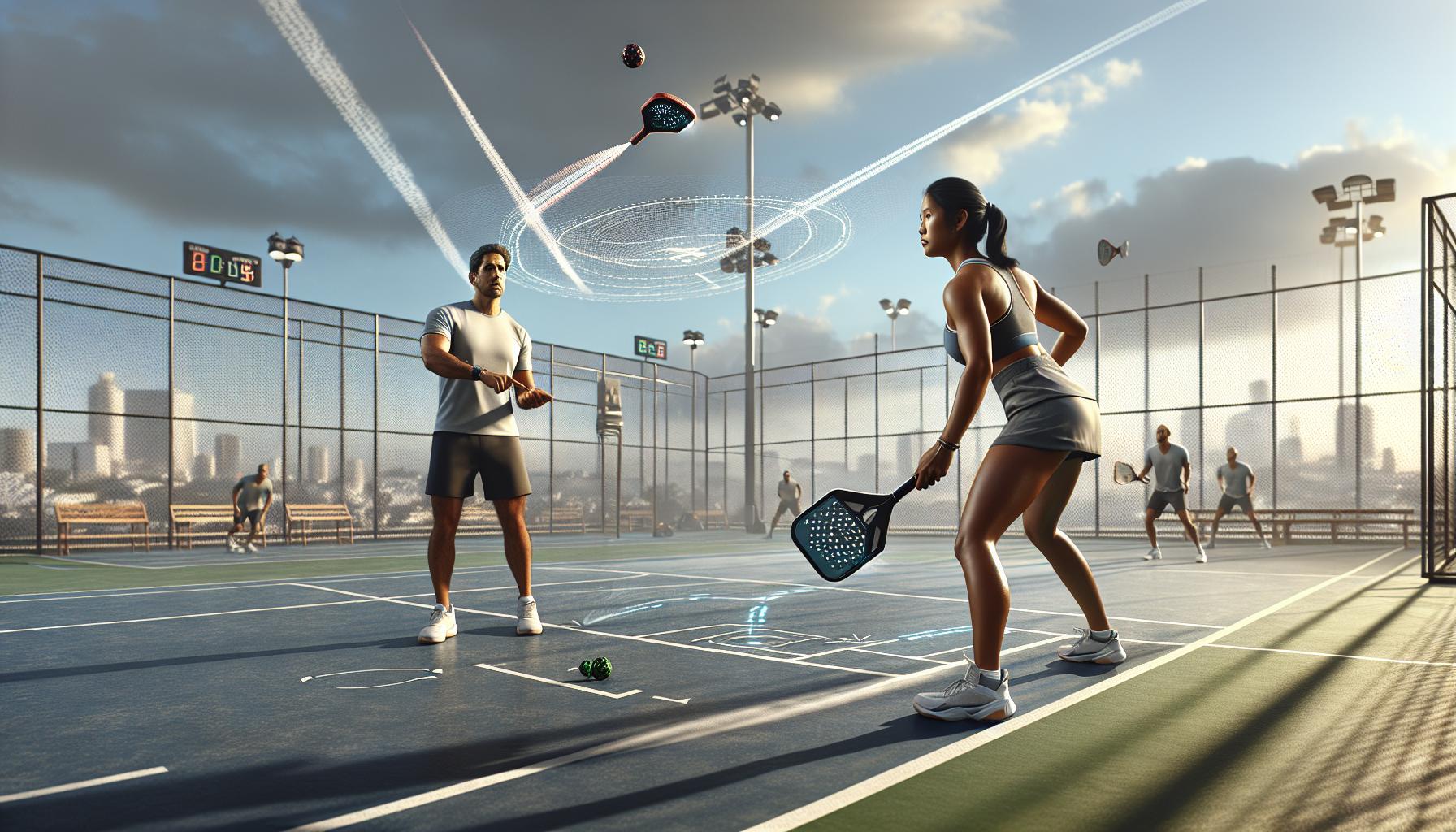
In the quest to enhance reaction time in pickleball, it’s critical to address not only the physical but also the cognitive aspects. Cognitive training involves exercises that improve decision-making, strategy planning, and the speed of thought processes. Integrating this training into pickleball exercises can significantly boost a player’s reaction time by sharpening their mind as well as their body.
One effective method of incorporating cognitive training is through simulation drills. These drills mimic real game scenarios, requiring players to make rapid decisions, just like they would in a match. For instance, a drill may involve a coach or fellow player shouting out commands or colors corresponding to specific shots or movements. Players must then quickly process this information and execute the correct response. This not only trains their muscles but also enhances their cognitive processing speed, critical for making split-second decisions during a game.
Another powerful technique for cognitive training is the use of visualization. Players practice imagining various game situations and their responses to them. This practice can improve mental agility, allowing players to navigate real-game scenarios more effectively. They learn to anticipate their opponent’s moves and react more swiftly, giving them a competitive edge.
In addition to drills and visualization, incorporating reaction time apps into training routines offers a modern approach to cognitive enhancement. Many apps are designed specifically to improve visual processing speed and decision-making abilities. Players can use these apps as a fun and engaging way to sharpen their minds while also improving their hand-eye coordination and reaction time. The key is to regularly incorporate these cognitive exercises into practice sessions, making them as habitual as physical training drills.
Multi-tasking drills also play a vital role in cognitive training for improving reaction time in pickleball. These drills require players to carry out several tasks simultaneously or in quick succession, mirroring the multifaceted nature of an actual game. An example would be dribbling a ball while navigating through agility cones, then quickly switching to a volley drill with a partner. This not only enhances physical agility but also trains the brain to process multiple streams of information, thereby improving overall reaction time.
Conclusion
Mastering pickleball isn’t just about having the right equipment or knowing the rules. It’s also about honing your reaction time to become quicker and more agile on the court. The exercises outlined, from agility ladder drills to ball drills and cognitive training, are your toolkit for improvement. They’re designed to enhance your footwork, hand-eye coordination, and mental agility, making you a formidable opponent. Remember, regular practice and pushing your limits are key to seeing progress. So, grab your paddle, set up your training routine, and get ready to elevate your game to new heights. With dedication and the right exercises, you’ll notice significant improvements in your reaction time, and that could be the game-changer you’ve been looking for.

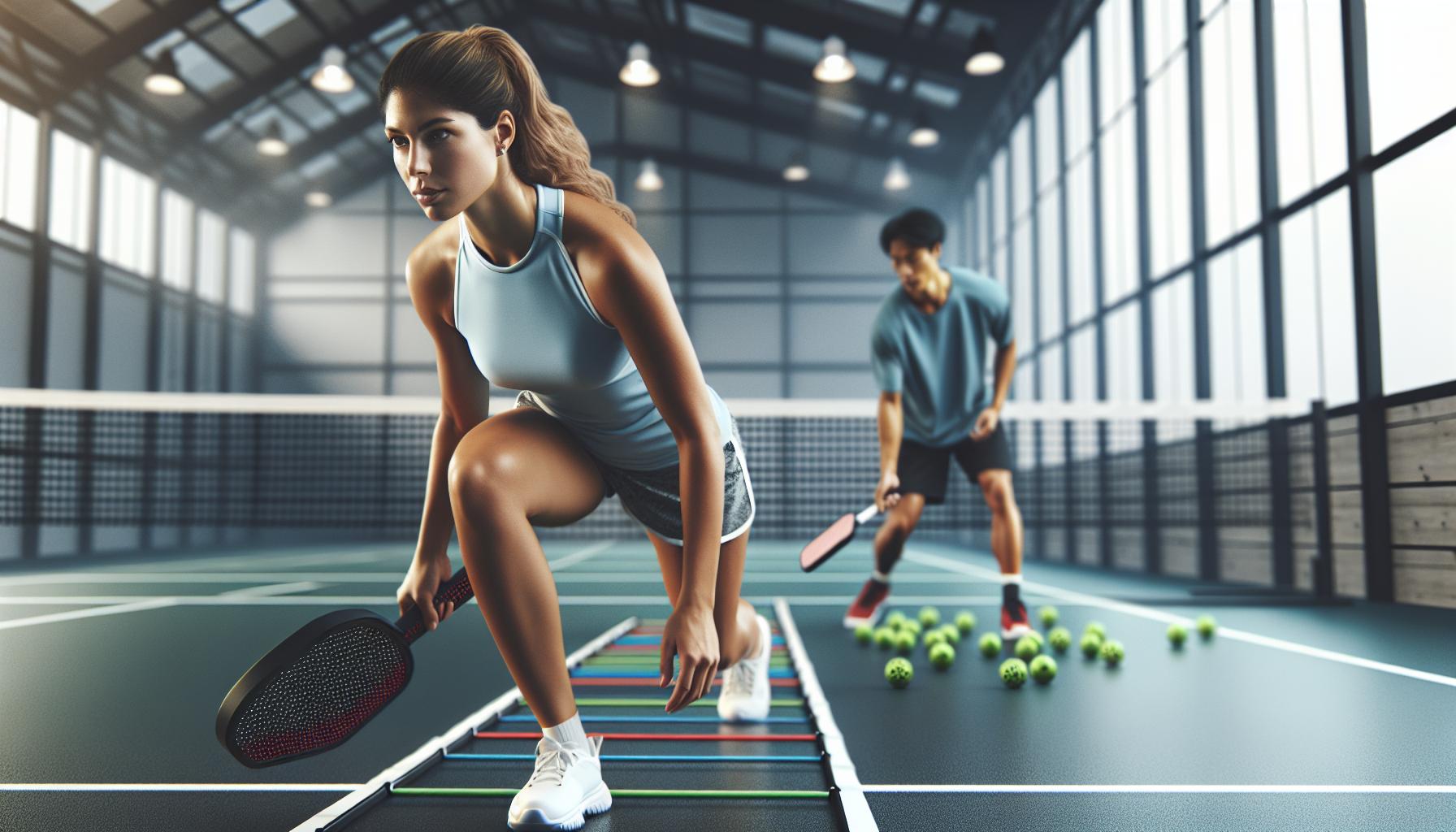









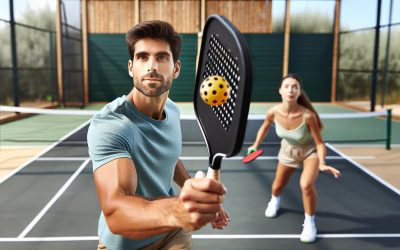
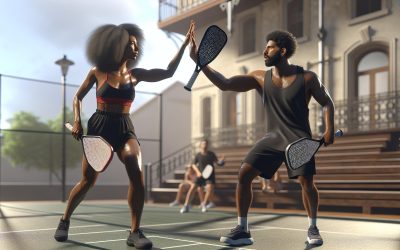
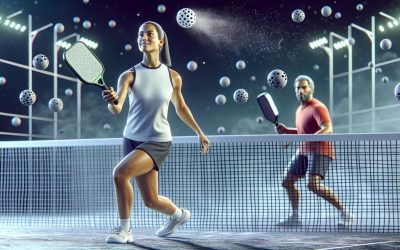
0 Comments